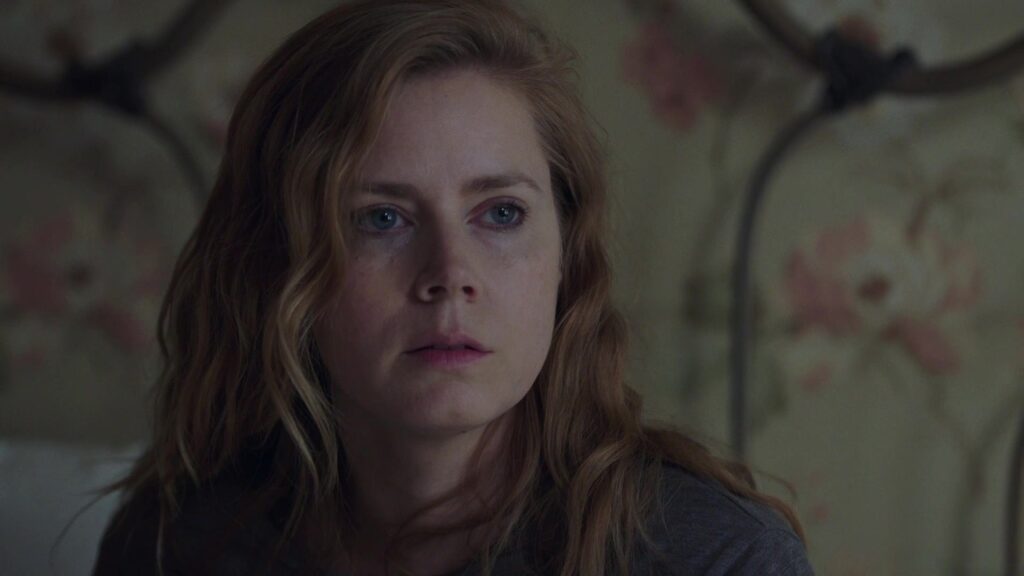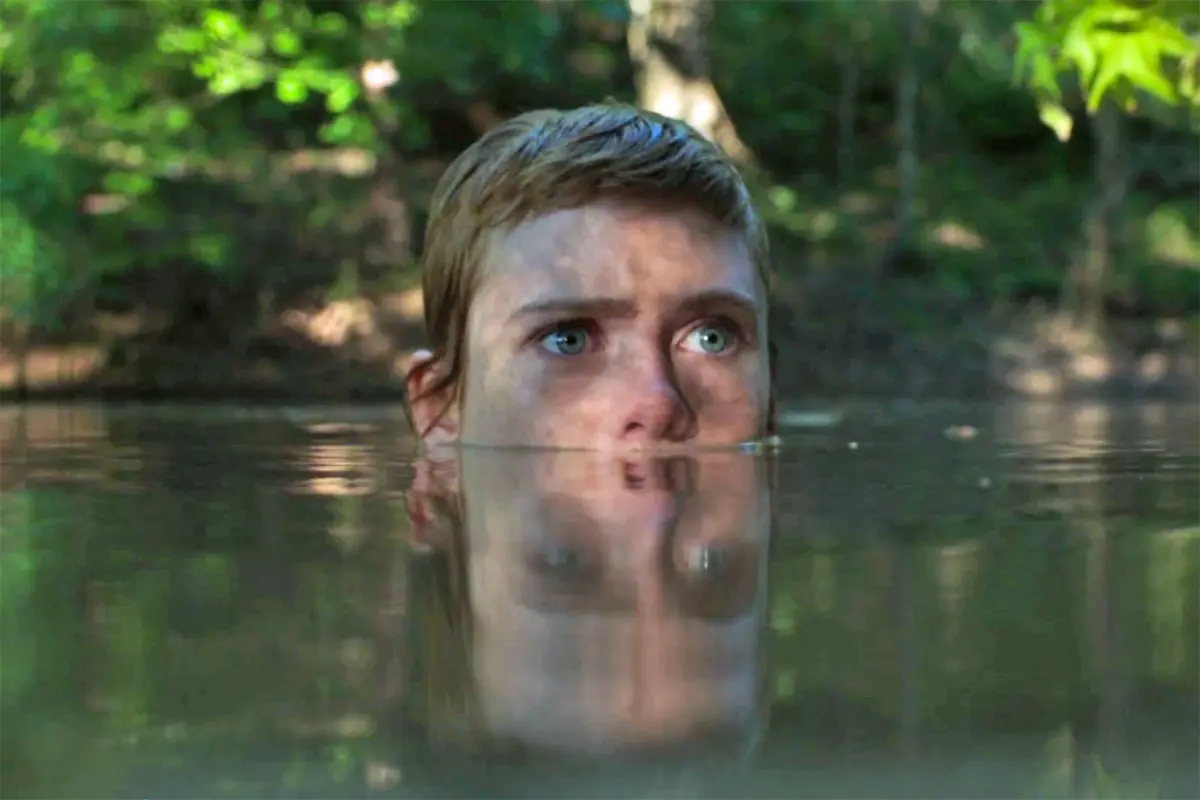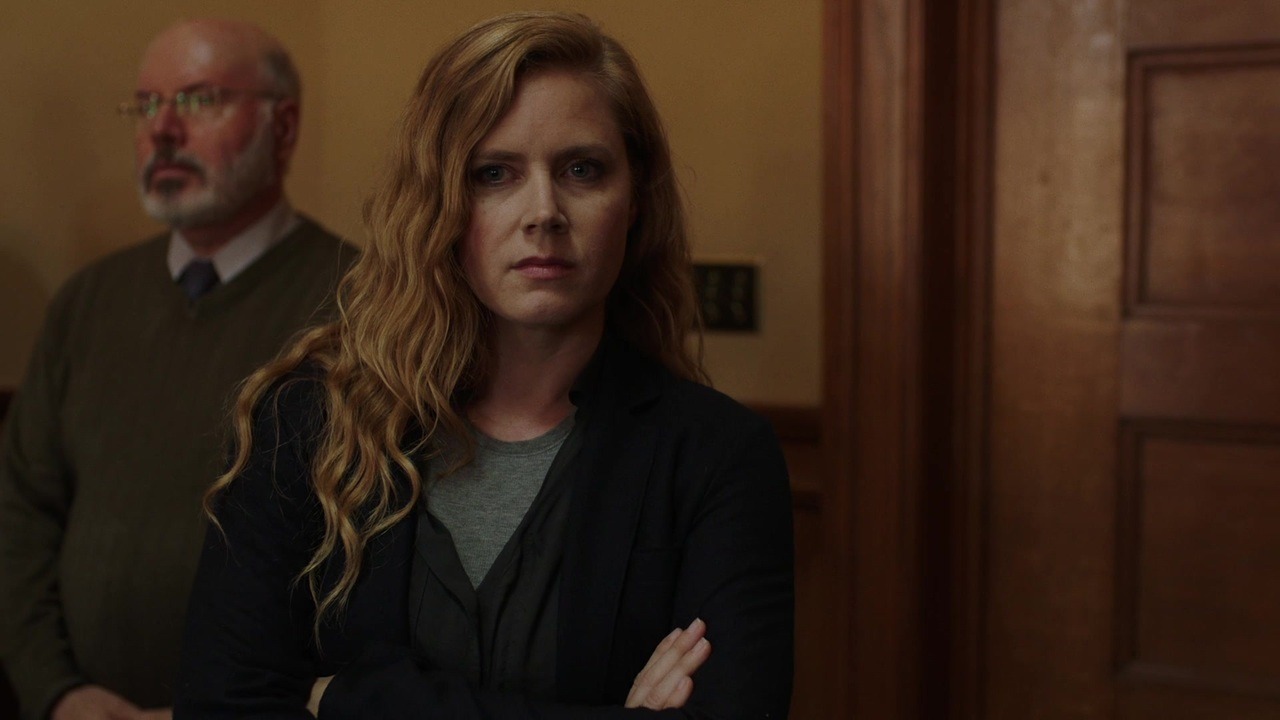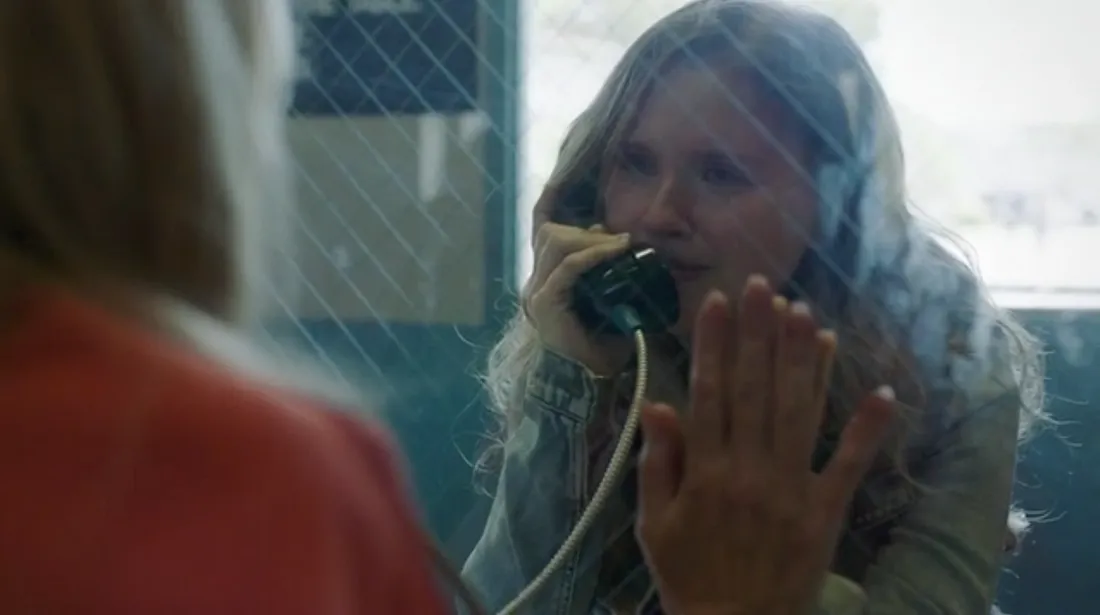
Step aside, jump scares. Forget your masked maniacs. True horror, the kind that burrows into your psyche and festers, often wears a pretty dress and whispers sweet nothings from a porch swing. HBO’s “Sharp Objects,” based on Gillian Flynn’s chilling debut novel, isn’t only a masterclass in Southern Gothic. It’s a clinical dissection of trauma so profound, so deeply ingrained, it feels less like a narrative and more like an autopsy of the human soul. And for us connoisseurs of the morbid, it’s a feast.
From the opening shot, “Sharp Objects” bleeds atmosphere. Wind Gap, Missouri, isn’t just a setting; it’s a character, suffocating and judgmental, breeding secrets like kudzu. Camille Preaker (Amy Adams, delivering a performance so raw it feels like an open wound) is our Virgil into this rural hell. A journalist sent back to her hometown to cover the murders of two young girls, Camille is herself a walking repository of past horrors, her body a roadmap of self-inflicted scars. Adams embodies Camille with a weary resignation, every flinch and averted gaze speaking volumes about the internal war she constantly wages.

But the true monsters here aren’t lurking in the shadows of the woods; they’re residing in the grand, decaying mansion on the hill. Patricia Clarkson’s Adora Crellin, Camille’s mother, is a creature of terrifying fragility and immense cruelty. Clarkson’s portrayal is a masterclass in passive-aggressive malice, a Southern belle veneer barely concealing a predatory darkness. Her “love” for her daughters is a toxic brew of Munchausen by proxy and a desperate need for control, a slow-acting poison that warps and destroys everything it touches.
And then there’s Amma Crellin (Eliza Scanlen), Camille’s half-sister, a character so complex and unnerving she deserves her own psychological treatise. By day, she’s the picture of innocent, roller-skating Americana. By night, she’s a miniature Adora, manipulating and dominating her young friends, her eyes gleaming with an unnerving precociousness. Scanlen navigates this duality with terrifying ease, making Amma both victim and perpetrator, a product of her environment and a burgeoning force of destruction herself.
The horror of “Sharp Objects” isn’t just about the brutal murders of Natalie Keene and Ann Nash; it’s about the murders of innocence, the systematic dismantling of a child’s spirit. The show delves unflinchingly into the intergenerational cycle of abuse, where trauma is not just inherited but actively perpetuated. The visual motif of the show – words appearing subtly in the environment, etched into surfaces – mirrors Camille’s own scarred body, a physical manifestation of the mental wounds that never truly heal.

Director Jean-Marc Vallée crafts a dreamlike, almost hallucinatory experience, blurring the lines between memory and reality, past and present. The non-linear narrative, punctuated by fleeting, disturbing flashbacks, forces the viewer to piece together the fractured jigsaw puzzle of Camille’s past alongside her. The buzzing flies, the oppressive heat, the constant clinking of ice in whiskey glasses – every detail contributes to a suffocating sense of dread.
Ultimately, “Sharp Objects” forces us to confront the uncomfortable truth that the most terrifying evils often reside in the places we call home, cloaked in familiarity and affection. It’s a gut-wrenching exploration of how family can be both refuge and tormentor, and how the deepest cuts are often the ones we inflict upon ourselves, or allow to be inflicted upon us, by those who claim to love us most. This isn’t just a show; it’s a chilling case study in the dark psychology of trauma, a true horror story for the ages. And like a shard of glass embedded deep, it will linger long after the credits roll.





